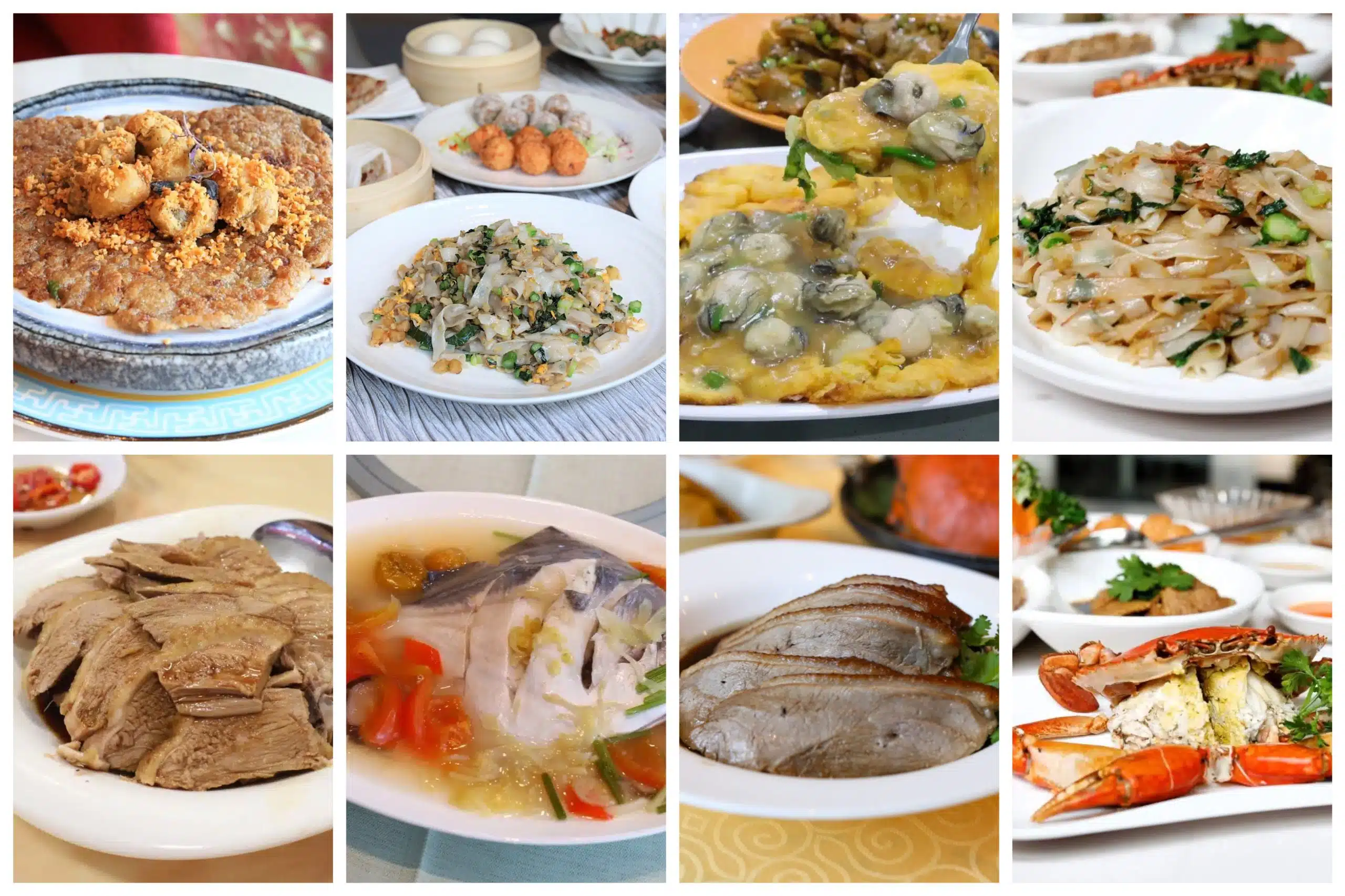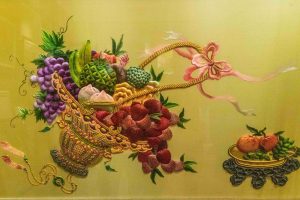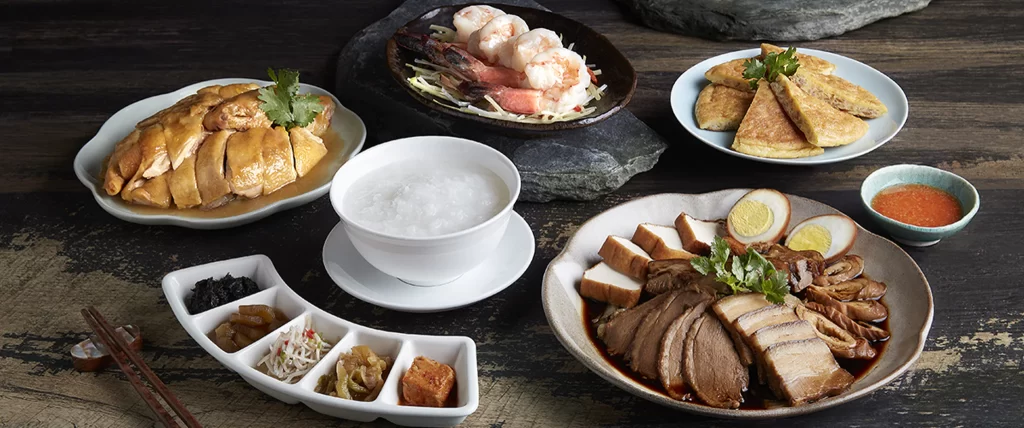
1. Who Are the Teochew? A Journey from Chaoshan to the World
Start with the proverb: “Where the sea reaches, Teochew flavors thrive.” The Teochew people (also spelled Chaozhou) originated from China’s Guangdong province, with a seafaring history dating back centuries. By the 18th century, waves of Teochew migrants sailed to Southeast Asia, North America, and beyond, driven by trade and opportunity. Today, over 10 million overseas Teochew form vibrant communities in Singapore, Thailand, Cambodia, and the U.S. .
Food became their lifeline: a bowl of Teochew porridge or a plate of Teochew noodles could instantly reconnect them to ancestral roots. For example, during Chinese New Year, families gather to craft Teochew dumplings, symbolizing unity and prosperity.
2. Teochew Food Philosophy: Light, Fresh, and Timeless
Historical Roots
With 1,000 years of history, Teochew cuisine is one of China’s three Cantonese culinary pillars. Recognized as a National Intangible Cultural Heritage in 2008, its recipes prioritize balance and simplicity .
Culinary Secrets
- Freshness First: Coastal Chaoshan’s bounty shines in dishes like Teochew Cold Crab (chilled to lock in sweetness) and Oyster Omelette (crispy edges, creamy centers). Unique ingredients like Chaozhou Lionhead Goose and Chai Poh (salty-sweet preserved radish) add depth .
- Healthy Techniques: Steaming, blanching, and braising preserve natural flavors. A standout is Teochew Traditional Seafood Steamboat, where broth simmers with fish, prawns, and vegetables.
- Umami Alchemy: Teochew Satay Sauce—a blend of shrimp, dried fish, and spices—elevates dishes like beef hotpot. Fun fact: This sauce inspired Southeast Asia’s beloved satay .
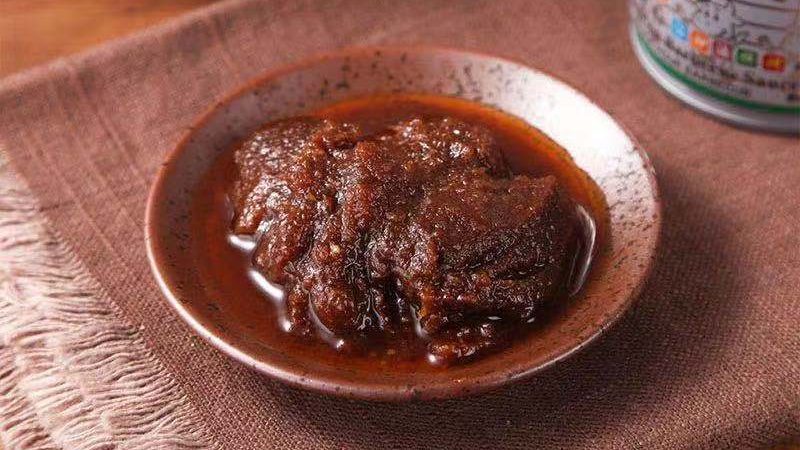
3. Must-Try Teochew Dishes and Their Stories
Savory Classics
- Braised Platter (Lor Bak): Duck, pork, or goose simmered in spiced broth. At Singapore’s Chui Huay Lim Teochew Cuisine, this dish is a heritage masterpiece .
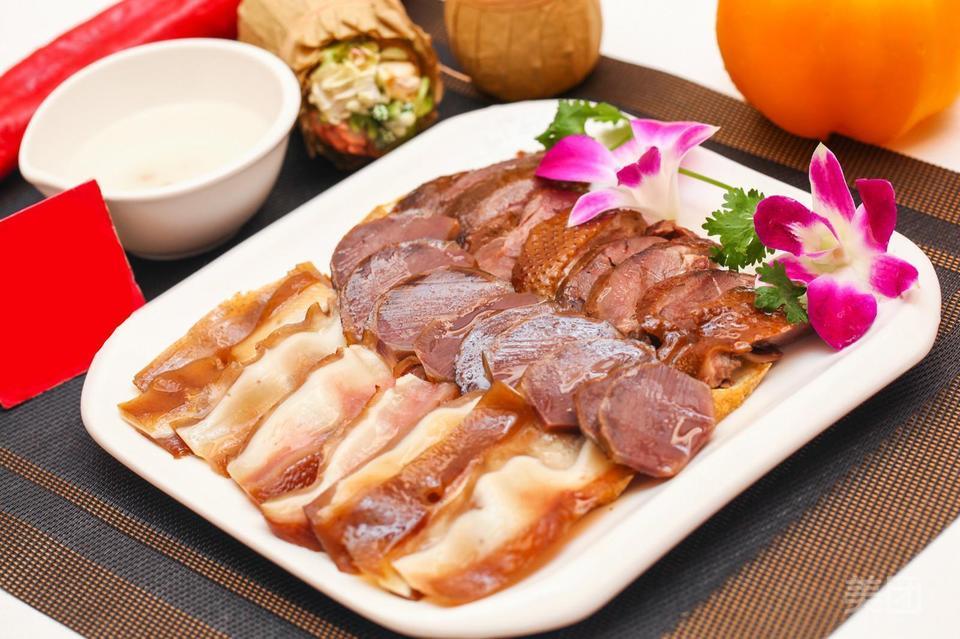
- Teochew Chendul: A dessert of pandan-flavored jelly, coconut milk, and red beans—perfect for tropical climates.
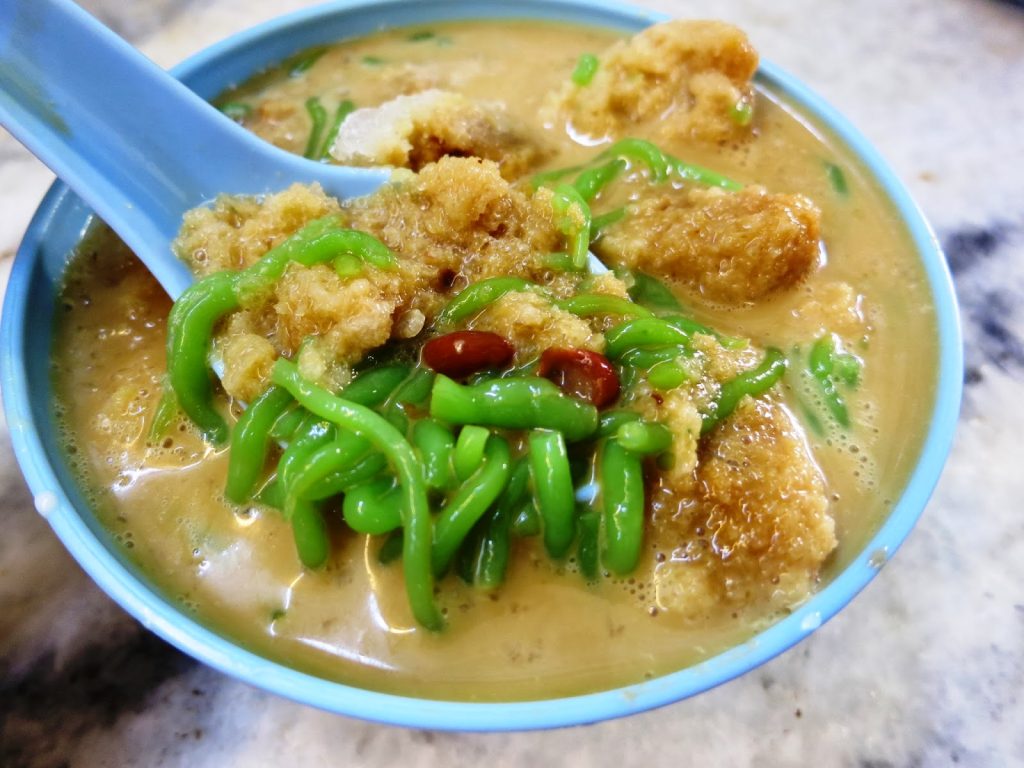
Festive Bites
- Teochew Mooncake: Unlike Cantonese versions, these flaky pastries are filled with savory yam or taro, often eaten during Mid-Autumn Festival.
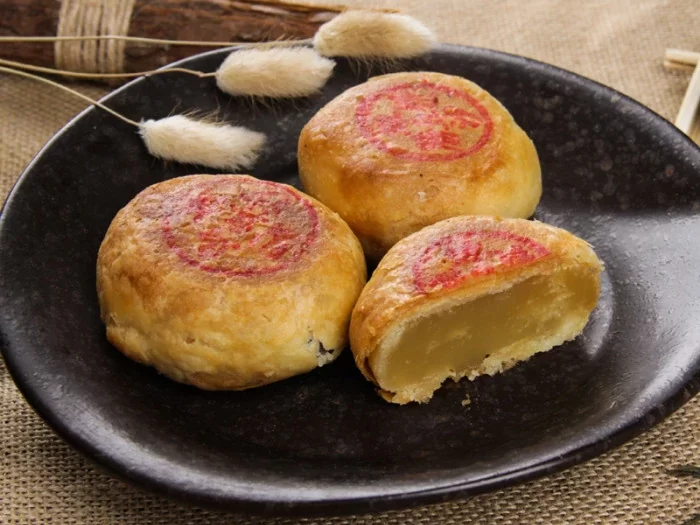
- Peach-shaped Rice Cakes (Taogui): Molded by hand for birthdays, these symbolize longevity .
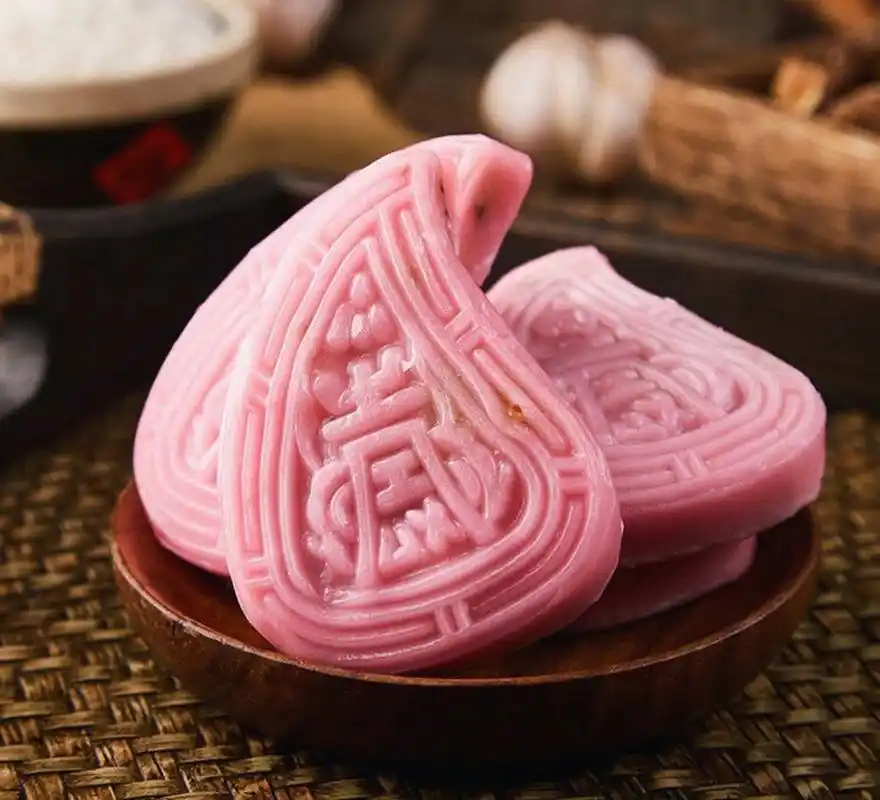
4. How Teochew Food Conquered the World
Teochew cuisine’s global journey showcases its adaptability and enduring appeal. From Southeast Asia’s vibrant street food scenes to Hong Kong’s upscale dining establishments and America’s innovative kitchens, Teochew dishes have evolved, reflecting the rich tapestry of cultural integration and culinary creativity.
1. Southeast Asia: Fusion of Flavors
The migration of Teochew communities to Southeast Asia led to a harmonious blend of traditional techniques with local ingredients, resulting in iconic hybrid dishes:
- Bak Kut Teh (肉骨茶): Originally a Fujian herbal pork rib soup, Teochew immigrants in Malaysia enhanced it by adding star anise and cloves, simmering ribs in a medicinal broth. Today, it’s a breakfast staple in Singapore, often paired with Teochew porridge.
- Char Kway Teow (炒粿条): This stir-fried rice noodle dish, a Teochew street food classic, evolved in Malaysia and Thailand with additions like blood cockles, Chinese sausage, and spicy sambal sauce. In Penang, vendors use duck eggs for extra richness.
- Pettitoes (猪脚冻): In Thailand, Teochew chefs substituted Chaoshan’s taro and soybean base with ormosia beans for a nuttier flavor, serving it alongside pickled mustard greens.
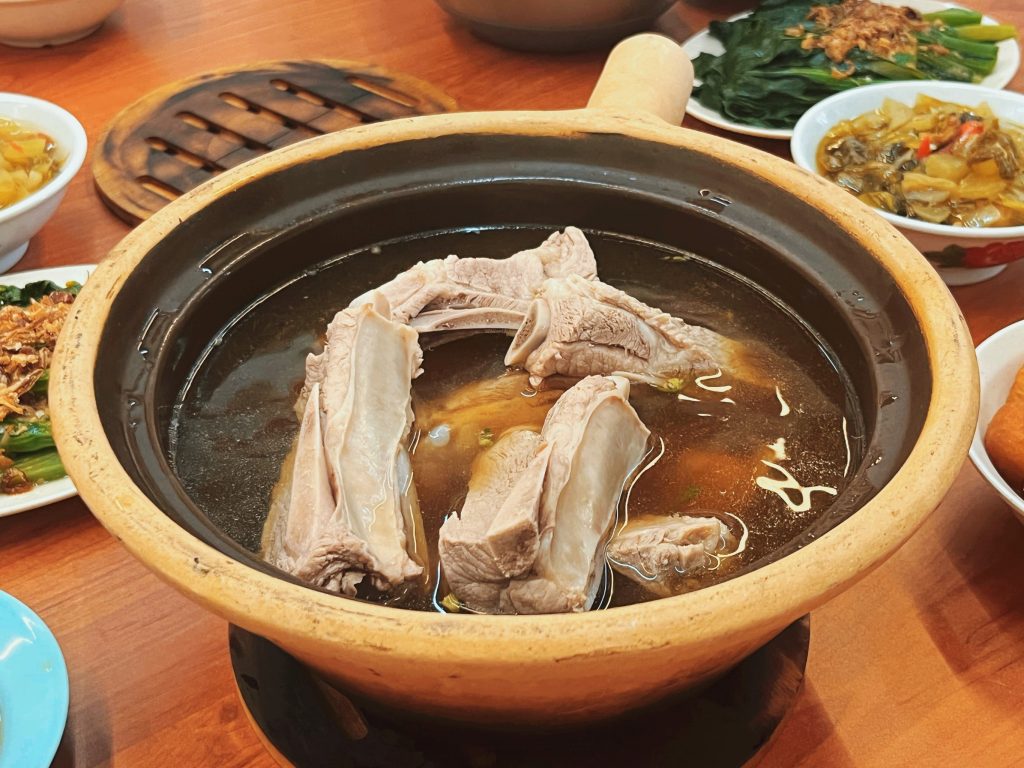
2. Hong Kong: Upscale Reinventions
Hong Kong’s dynamic culinary scene elevated humble Teochew dishes into gourmet experiences:
- Braised Goose (卤鹅): In upscale restaurants, goose is marinated for 24 hours in a master stock containing soy sauce, cinnamon, and licorice, achieving a glossy finish. It’s served with Teochew chili sauce for an added spicy kick.
- Yam Paste (芋泥): This rustic dessert transformed into a fine-dining staple, blended with coconut milk and topped with ginkgo nuts. High-end establishments, such as the Ritz-Carlton Beijing, offer modern twists, pairing it with truffle shavings.
Teochew chefs in Hong Kong also pioneered fusion dishes like fish maw chicken, where traditional chicken skin is stuffed French-style for a crispy, luxurious texture.
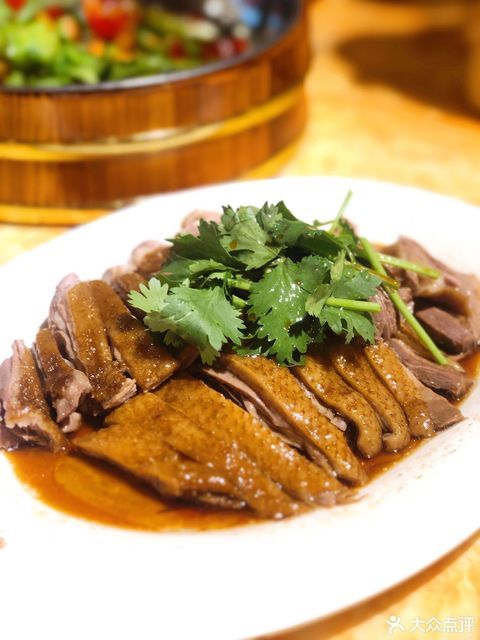
3. United States: Comfort Food with a Twist
In the United States, Teochew immigrants preserved homestyle flavors while embracing local ingredients:
- Crystal Dumplings (水晶饺): These translucent shrimp dumplings, traditionally steamed with bamboo shoots, now feature American prawns and organic mushrooms. Los Angeles’ TeoChew Kitchen serves them with Sriracha dipping sauce.
- Congee (粥): A Teochew breakfast staple, rice porridge has been reinvented with additions like kale and quinoa in San Francisco. Food trucks in New York top it with crispy bacon, blending traditional comfort with contemporary tastes.
- Seafood Steamboat (海鲜火锅): In California, the Teochew Traditional Seafood Steamboat incorporates Dungeness crab instead of traditional pomfret, simmered in a kombu-infused broth for enhanced umami depth.
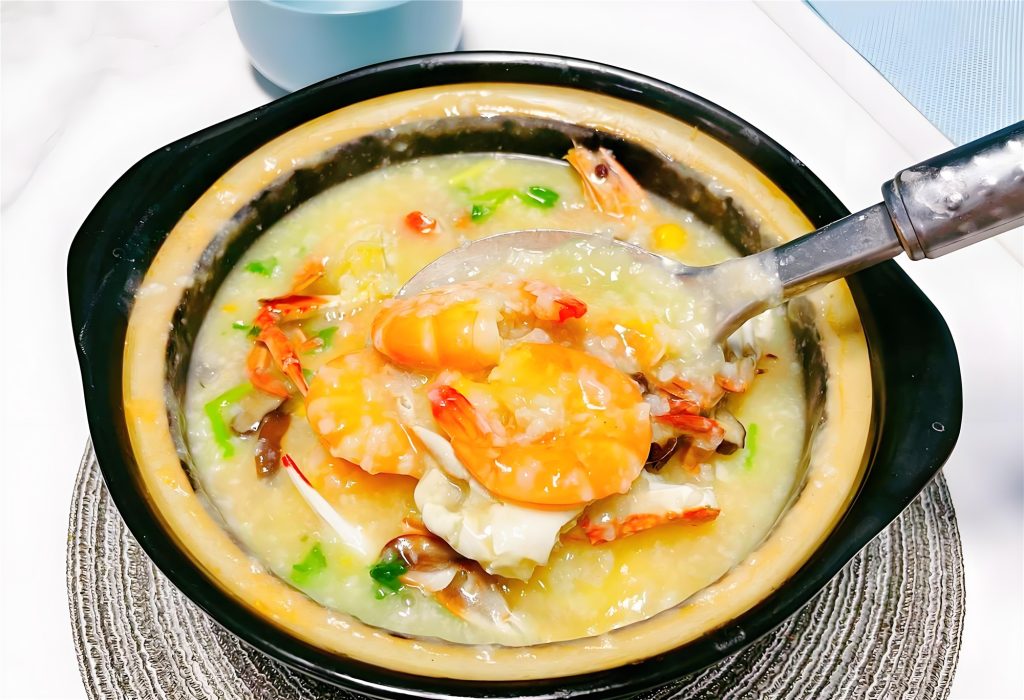
5、Savor Teochew, Share the Heritage
From Chaoshan’s shores to global tables, Teochew cuisine remains a testament to resilience and reinvention. Whether you try Teochew Mooncake in Los Angeles or Teochew Chendul in Penang, each bite carries centuries of history.
Learn more about Teochew read ‘What Is Teochew‘
